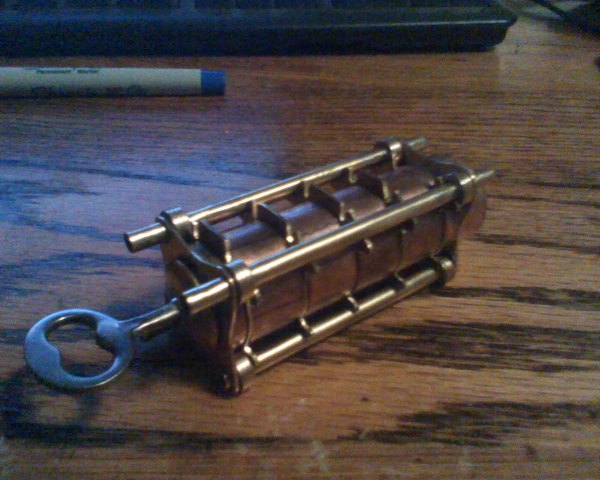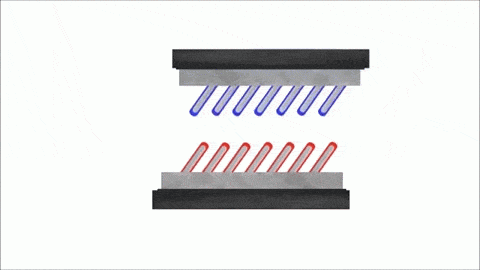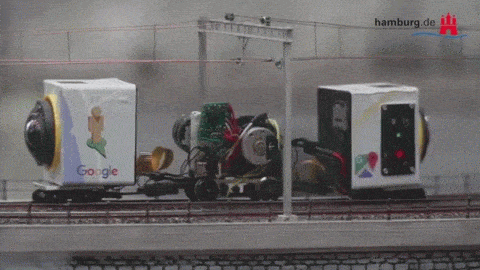For many of us, we remember the days of the Apple Classic Macintosh. For [Erich Styger], his days of development in Pascal and Modula-2 are long over, but he still gets warm and tingly thinking back to the classic white box we knew and loved. So he decided to 3D print a Classic Mac to use as his Apple Watch charging station.
He started with an existing model on Thingiverse and modified it to better suit his needs — sharing CAD makes the design process go ever so much faster. It consists of two parts, an outer shell that looks like a Classic Mac, and an inner structure that holds the stock charger for your Apple Watch.
The result is an adorably small Classic Mac to sit on your desk in miniature form. It’s perhaps the most acceptable use of a $1000 Apple Watch we have ever seen.
Seriously though, the Apple Watch is nicely built — just take a look at the tear-down we covered.

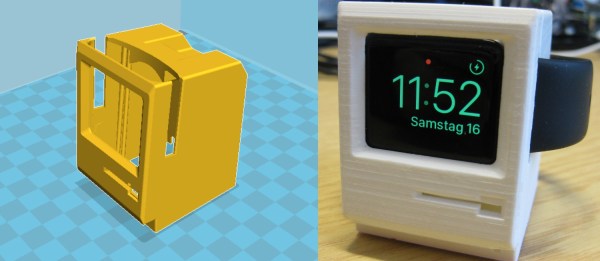
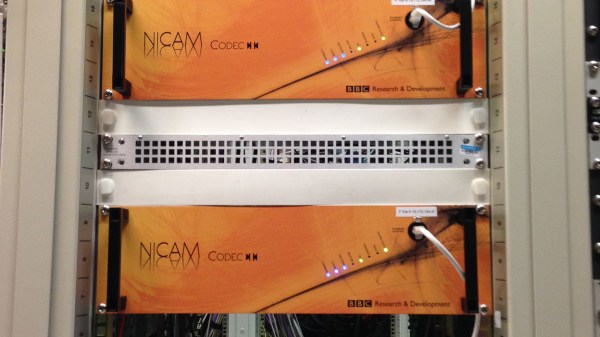
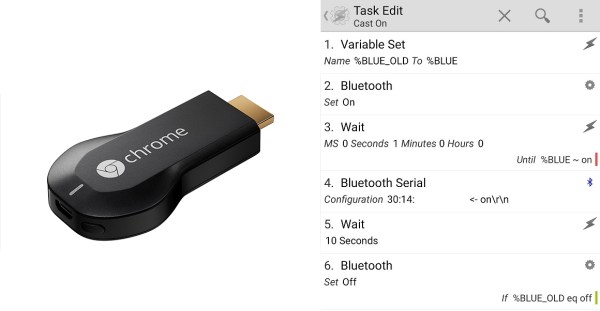
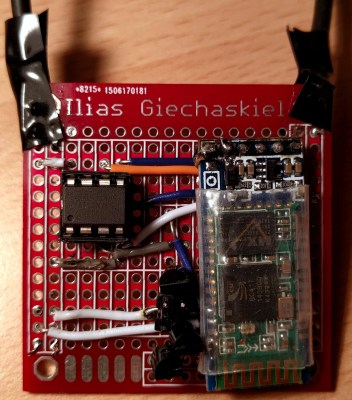 Now in all honesty, the Chromecast gets hot but the amount of power it draws when not in use is still pretty negligible compared to the draw of your TV. Every watt counts, and [Ilias] took this as an opportunity to refine his skills and combine a system using an Arduino, Bluetooth, and Android to create a robust power switch solution for the Chromecast.
Now in all honesty, the Chromecast gets hot but the amount of power it draws when not in use is still pretty negligible compared to the draw of your TV. Every watt counts, and [Ilias] took this as an opportunity to refine his skills and combine a system using an Arduino, Bluetooth, and Android to create a robust power switch solution for the Chromecast.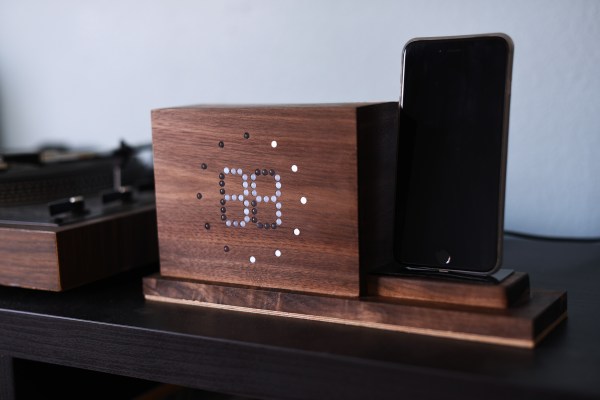
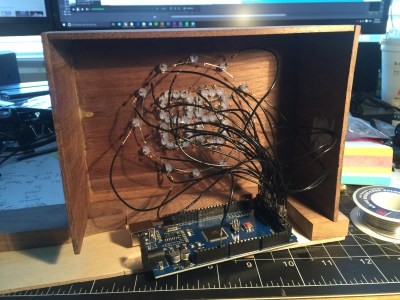 He built the enclosure completely out of walnut, which gives it a very refined and polished look; we’re quite impressed with his woodworking skills. The cool thing about this digital clock is that he used individual LEDs to create both the digital 7-segment displays, and a ring of LEDs around it to denote the hour.
He built the enclosure completely out of walnut, which gives it a very refined and polished look; we’re quite impressed with his woodworking skills. The cool thing about this digital clock is that he used individual LEDs to create both the digital 7-segment displays, and a ring of LEDs around it to denote the hour.